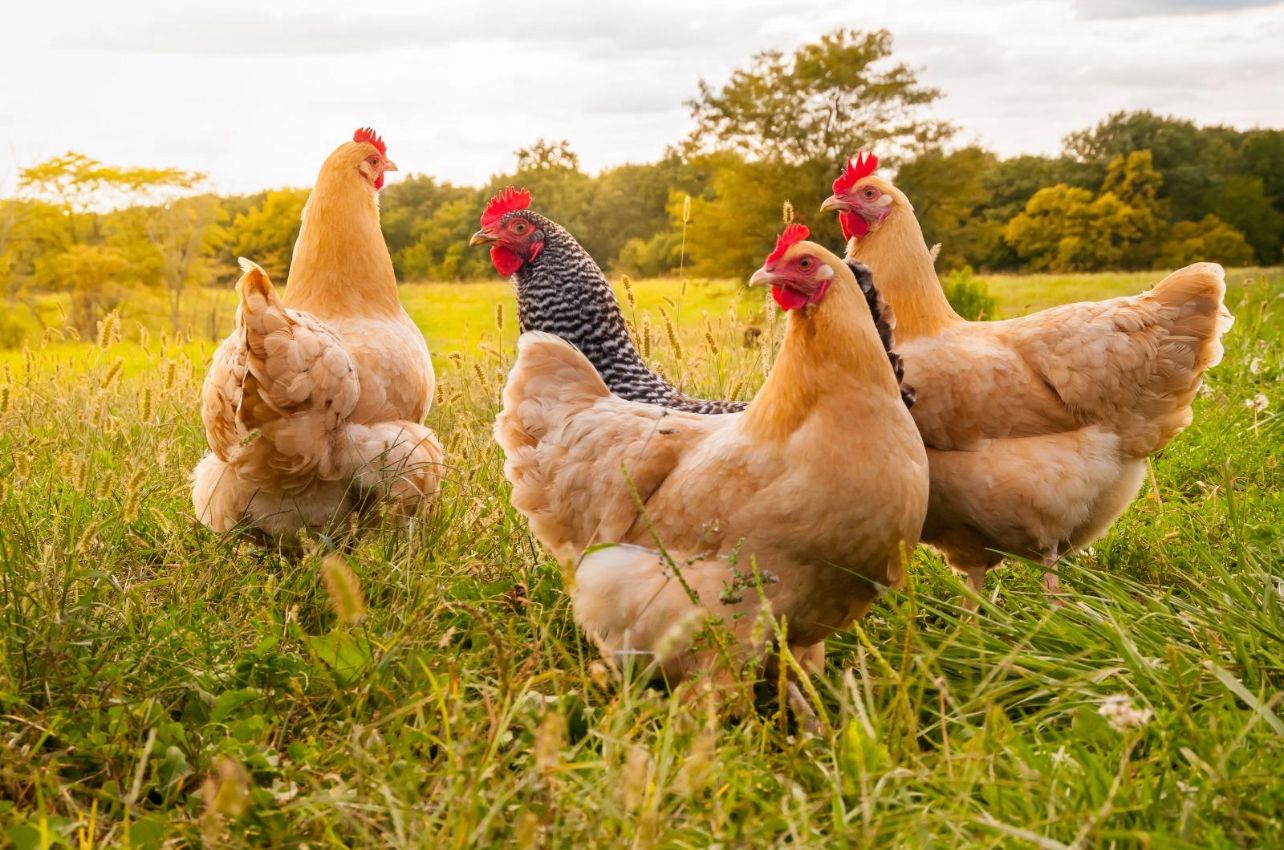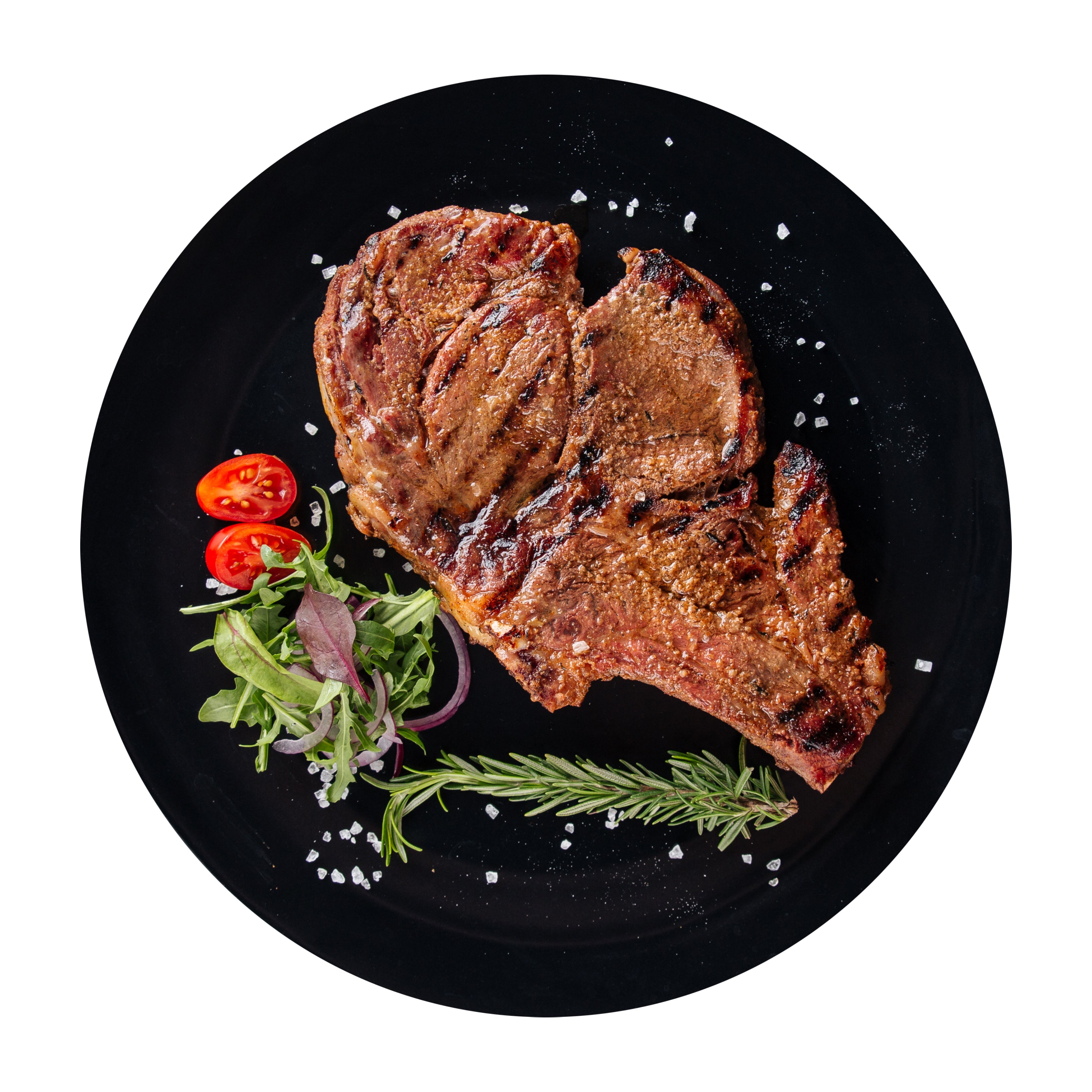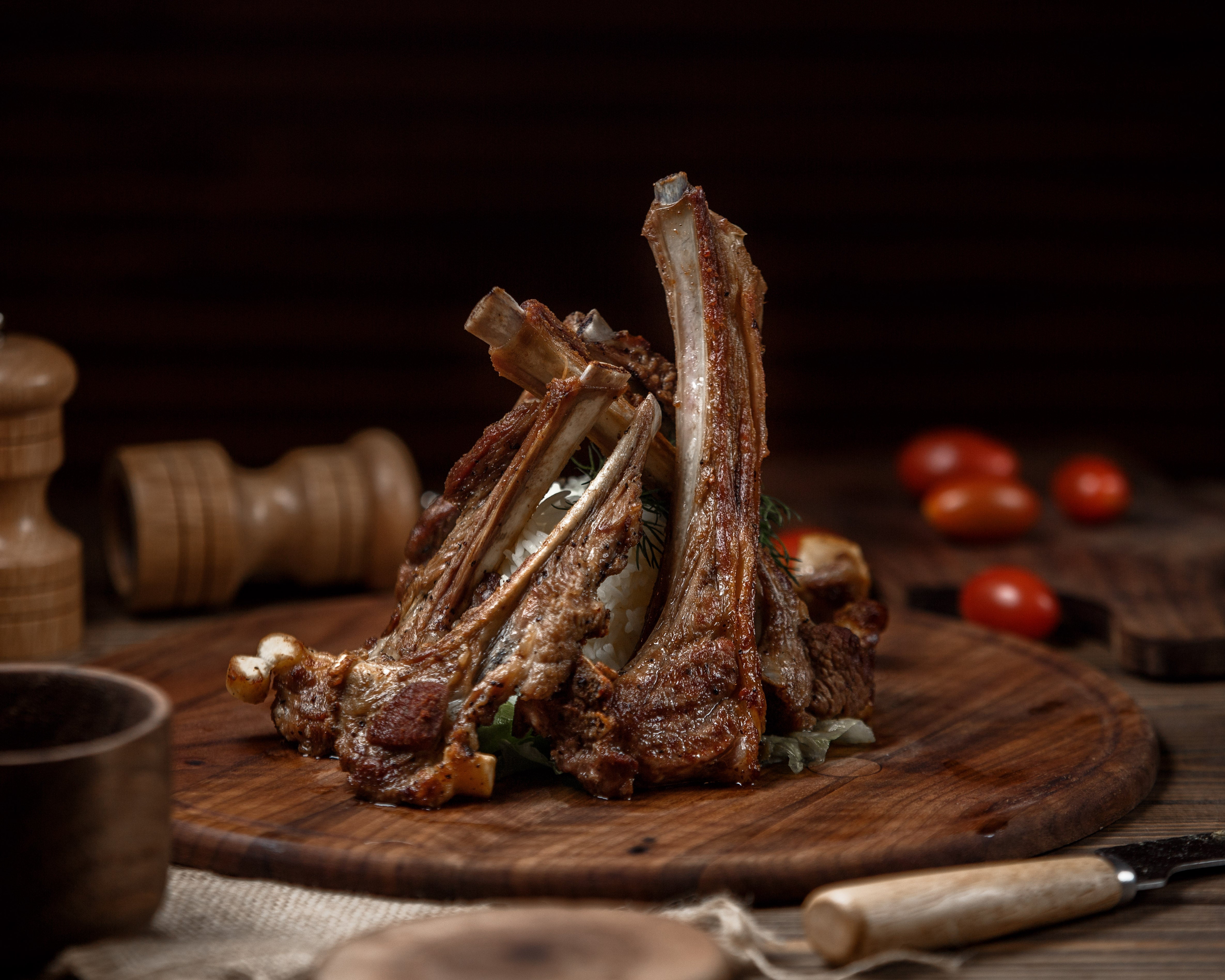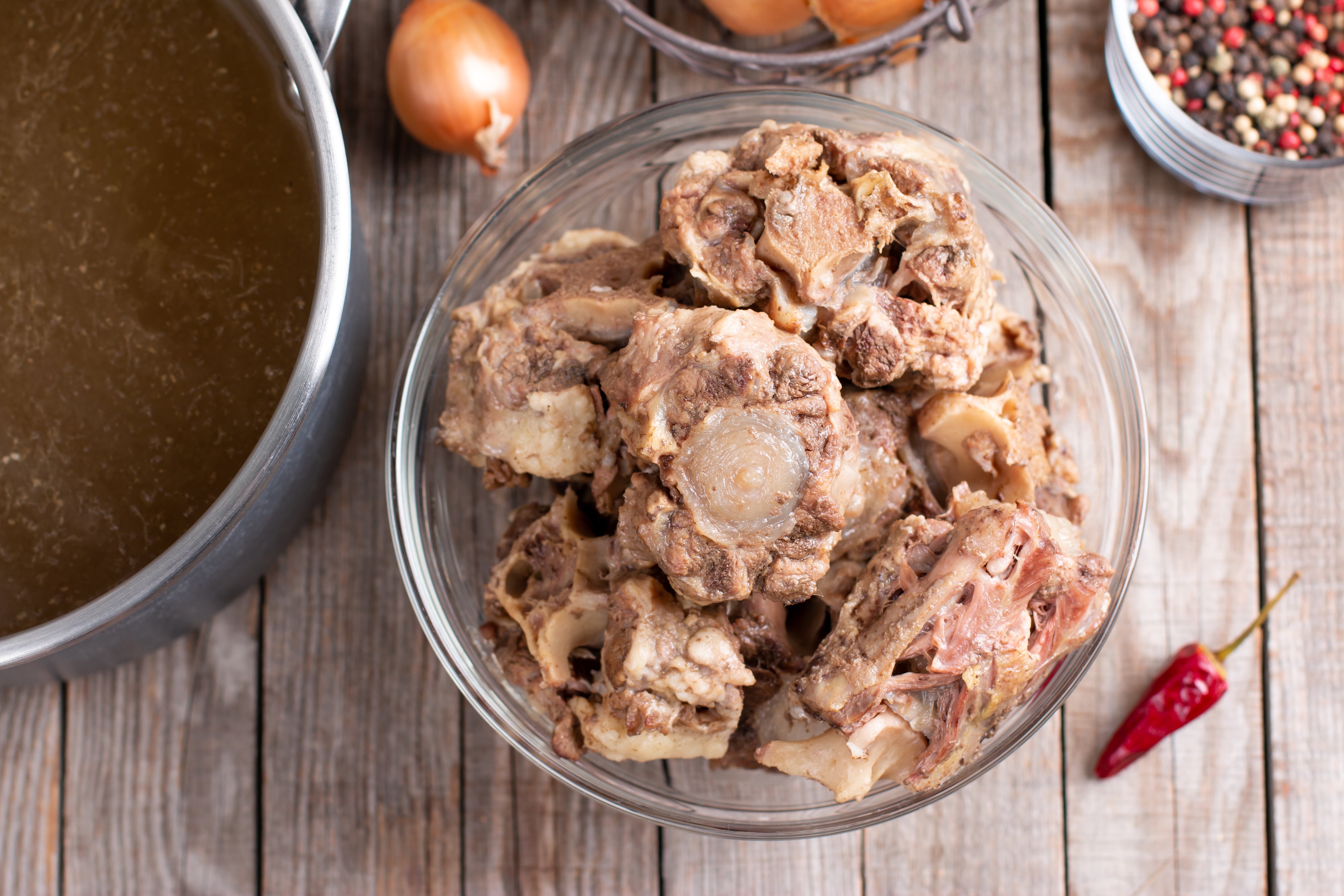
What is a Carnivore Diet Plan? - A Detailed guide
Are you concerned about the extra weight you are putting on? Well, many people are! But no need to worry as today we are going to learn about a type of diet that will not only help you burn the extra fat but also provide your body with energy. Let’s introduce you to the Carnivore diet plan! Before I explain to you, let’s have a look at a scientific reference.
Eating a carb-free, meat-only diet isn’t a brand-new concept. Back in the late 1700s, Scottish military surgeon John Rollo, MD, used a meat-only diet to treat patients with diabetes, observing that cutting carbs helps lower blood sugar levels.
Shawn Baker, a famous orthopaedic surgeon published his book “The Carnivore Diet”. In this book, Shawn has claimed that a carnivore diet plan can improve digestive health and stabilises mental health.
So coming back to our topic, what is a carnivore diet? A carnivore diet is a restricted diet basically where you can eat nothing except animal-related products. That means you can't eat fruits, vegetables, and grains. You can use milk but it should be low-lactose. During a vegan diet you refrain from eating meat, in a carnivore diet meal plan you eat only meat and nothing else.
While this approach might sound extreme at first, some advocates argue that plant foods aren’t essential for survival. They point out that carbohydrates—abundant in plants—are the only non-essential macronutrient. Our bodies require fats and proteins to thrive, but we can function without carbohydrates in the same way.
The Roots of the Carnivore Diet Plan
Many see the carnivore diet plan as an evolution of the paleo and keto diets. It builds on the idea that our ancestors primarily ate meat and fish and that the high-carb diets common in Western societies may contribute to chronic inflammation, disease, and gut issues. In essence, the carnivore diet aims to eliminate all carbs by relying exclusively on animal-based foods.
Pros and Cons of the Carnivore Diet Plan
Every diet has its benefits and drawbacks, and the carnivore diet meal plan has some too! Due to impressive reported scientifically proven benefits, people are looking forward to a carnivore diet plan, although it sounds very extreme. But keep in mind that it will come with some challenges. Make sure to consider the challenges before integrating this diet in your routine.
Carnivore Diet Plan Benefits
1. Weight Loss
Several people have reported a quick drop in their weight after doing this diet. When you cut down on carbs completely, your body burns more and more fat to get the fuel it needs to function. This state is known as fat adaptation or ketosis.
Many followers report shedding pounds quickly. By cutting out carbohydrates completely, your body shifts to burning fat for fuel (a state known as fat adaptation or ketosis). High-protein and high-fat meals help satiety, which can help decrease hunger and reduce caloric intake.
A survey of over 2,000 self-reported carnivores found improvements like lower body mass index (BMI), increased energy, and better sleep.
2. Decreased Inflammation
Supporters claim that by cutting down on carbohydrate-rich foods—including processed items and many vegetable oils—inflammation is reduced. This means fewer aches and pains and is even advantageous for conditions like arthritis. Meat gives collagen which may also help improve joint and cartilage health.
3. Increased Testosterone and Enhanced Hormonal Balance
Eating a diet rich in healthy fats and proteins may support optimal hormone production, including testosterone. This can lead to increased muscle mass, strength, and energy levels. Women on a carnivore diet meal plan have also noted improvements in strength and energy as their hormone levels balance out.
4. Mental Clarity and Focus
Many individuals following this diet report improved mental clarity and focus. The idea is that by relying on fats (and ketones) for energy, your brain gets a steady, efficient fuel source. Some studies suggest that ketones have neuroprotective properties and might improve cognitive function.
Scientific Perspective:
While many of these benefits are supported by anecdotal evidence and self-reported surveys, research specific to the carnivore diet meat plan is still in its early stages. However, studies on very low‐carbohydrate, high‐protein diets offer some scientific backing for benefits like improved blood sugar control and enhanced satiety (see Feinman aet al., 2015; Volek aet al., 2004; Westman aet al., 2008).
Carnivore Diet Plan Side Effects
1. Nutrient Deficiencies
By eliminating fruits, vegetables, grains, and legumes, you may miss out on essential vitamins, minerals, and fibre. For example, you could be lacking in potassium, vitamin C, and folate—nutrients critical for long-term health.
2. Digestive Issues
A lack of dietary fibre can sometimes lead to constipation. Interestingly, some people report diarrhoea instead, likely due to changes in gut bacteria balance on a high-fat, high-protein diet. Other common complaints include headaches, nausea, and general fatigue during the adjustment period.
3. Increased Saturated Fat Intake
Animal-based diets tend to be high in saturated fats, which can raise low-density lipoprotein (LDL) cholesterol—the “bad” cholesterol associated with an increased risk of heart disease and stroke. Processed meats, in particular, may contribute extra sodium that can elevate blood pressure.
4. Lack of Long-Term Research
Many of the touted benefits of the carnivore diet come from personal testimonials rather than rigorous scientific studies. One large survey noted several positive outcomes, but the researchers couldn’t verify exactly what participants ate or measure their nutrient levels. More research is needed to understand the full impact of a carnivore diet on health.
Foods You Can Eat on the Carnivore Diet Plan
One of the biggest selling points of the carnivore diet plan is its simplicity. With a focus solely on animal-based products, your weekly grocery list becomes straightforward, and meal planning can feel refreshingly uncomplicated. Here’s what’s on the menu:
Allowed Foods
Meat:
Your main calorie source should come from fatty cuts of grass-fed meat. Think NY strip steak, porterhouse, ribeye, 80/20 ground beef, t-bone, bacon, pork chops, and flank steak. With carbohydrates off the table, these fattier options help fuel your body by tapping into stored fats for energy.
Fish:
Fatty fish such as salmon, sardines, trout, mackerel, and catfish are ideal. They’re not only delicious but also packed with omega-3 fatty acids, which can support heart and brain health.
Eggs:
Often dubbed nature's multivitamin, eggs provide a perfect balance of protein, fats, and essential nutrients. They’re a versatile staple that can be enjoyed in many forms.
Bone Marrow and Bone Broth:
Rich in collagen, vitamins, and minerals, bone marrow and broths are great for gut, skin, and joint health.
Low-Lactose Dairy:
While dairy isn’t a major focus, low-lactose options like grass-fed butter, aged cheeses, and sometimes kefir are allowed in moderation. Many followers choose to keep dairy to a minimum to avoid potential intolerance issues.
Animal-Based Fats:
Cooking with lard, tallow, or other animal fats is encouraged instead of vegetable oils. These fats are ideal for preparing your favourite carnivore dishes.
Simple Spices, Seasonings, and Condiments:
A little salt, pepper, herbs, and spices go a long way. To add a kick to your meals, consider zero-calorie hot sauces (like Frank’s Red Hot) that won’t add unwanted carbs.
Foods to Avoid on the Carnivore Diet Plan
Since the carnivore diet meal plan is highly restrictive, most of your usual snacks and meals will be off the table. Here’s what to steer clear of:
All Fruits:
From apples and bananas to berries and tomatoes, fruits are completely off the menu.
All Vegetables:
This includes all forms of vegetables—even those in broths or as part of condiments.
Most Dairy Products:
Beyond low-lactose options, creamy cheeses, yogurt, and other high-lactose dairy items are typically avoided.
All Sugars:
Say goodbye to added sugars as well as natural sugars from sources like fruits.
All Additives:
Processed foods containing nitrates, nitrites, MSG, and other additives should be avoided, as they often come with extra carbs and preservatives.
Low-Grade Meat:
Not every piece of meat makes the cut. To avoid inflammation, prioritise grass-fed and pasture-raised meats rather than conventionally raised or processed options.
All Grains and Related Foods:
Bread, rice, pasta, pastries—any food derived from grains is off limits.
All Nuts, Seeds, and Legumes:
These plant-based foods, including almonds, peanuts, chia seeds, and flax seeds, are not allowed.
Anything That Isn’t Meat:
This extends to meat alternatives like lab-grown meats or products like Beyond burgers, which are not considered part of the true carnivore diet plan.
Recipe 1: Carnivore Diet Plan Meatballs
Ingredients:
-
1 lb (450 g) ground beef (80/20 is ideal for extra flavour)
-
1 large egg (helps bind the meat)
-
Salt (to taste)
-
(Optional) 1-2 tablespoons melted grass-fed tallow or butter for extra richness
Instructions:
Preheat your oven to 400°F (200°C) and line a baking sheet with parchment paper.
In a large bowl, combine the ground beef, egg, and a generous pinch of salt. If using, mix in the melted tallow or butter for added moisture and flavour.
With clean hands, shape the mixture into small meatballs—about 1 to 1.5 inches in diameter. Aim for uniform sizes to ensure even cooking.
Arrange the meatballs on the baking sheet and bake in the preheated oven for about 15-20 minutes, or until cooked through.
Enjoy them on their own, or dip in a bit of extra melted butter for a decadent carnivore snack!
Recipe 2: Carnivore Beef Bacon-Wrapped Chicken Thighs
Ingredients:
-
4 bone-in, skin-on chicken thighs
-
4-6 slices of beef bacon (choose a brand with no added sugars or additives)
-
Salt (to taste)
Instructions:
Set your oven to 400°F (200°C) to ensure an even roast.
Pat the chicken thighs dry with paper towels and season generously with salt on both sides.
Wrap each chicken thigh with a slice of beef bacon. If the slices are a bit short, feel free to overlap them slightly or secure them with a toothpick.
Place the wrapped thighs on a parchment-lined baking sheet, making sure they don’t touch so they crisp up nicely. Bake for about 35-40 minutes, or until the chicken reaches an internal temperature of 165°F (74°C).
For an even crispier finish, switch your oven to broil during the last 2-3 minutes, but keep a close eye to prevent burning.
Remove from the oven and let the chicken rest for a few minutes before serving. Enjoy your hearty, carnivore-friendly meal!
Risks of the Carnivore Diet Plan
Now that you're aware of the purported benefits and structure of this meat-based diet, let's take a closer look at some of the risks:
1. Low Vitamin C
Due to sticking strictly on animal products, the only foods that provide the highest levels of vitamin C are organ meats and eggs, otherwise you will need to take supplements. A lack of vitamin C may eventually result in health problems because it is essential for tissue regeneration and for lowering the risk of chronic illnesses.
2. Insufficient Fibre
Fibre, which is found in plants only, preserves a balanced gut microbiome and regular bowel motions. Lack of fibre may cause constipation, which may ultimately result in intestinal imbalance. Your immune system may be weakened by this imbalance, which may also raise your risk of colon problems, such as colon cancer.
3. Decrease in Beneficial Bacteria
Many people who follow the carnivore diet meal plan say that when they cut out inflammatory foods like lactose and sugar, their digestive problems become better. However, cutting on all plant-based diets can also result in a decrease in the variety of good gut microbes. This lack of beneficial bacteria may eventually result in a number of digestive problems.
4. Too Much Saturated Fat and Sodium
Your consumption of saturated fats and sodium can rise dramatically if you only consume meat and dairy. While too much-saturated fat can increase your risk of heart disease and stroke, too much sodium can cause headaches, oedema, and kidney issues.
Conclusion
Remember that even though the carnivore diet plan has some encouraging advantages, it's crucial to weigh them against these possible drawbacks. To make sure you meet your nutritional requirements, you might want to speak with a healthcare provider if you're thinking about following this diet. The first step to making the best decisions for your health is being informed, so enjoy good taste with good balanced health.







